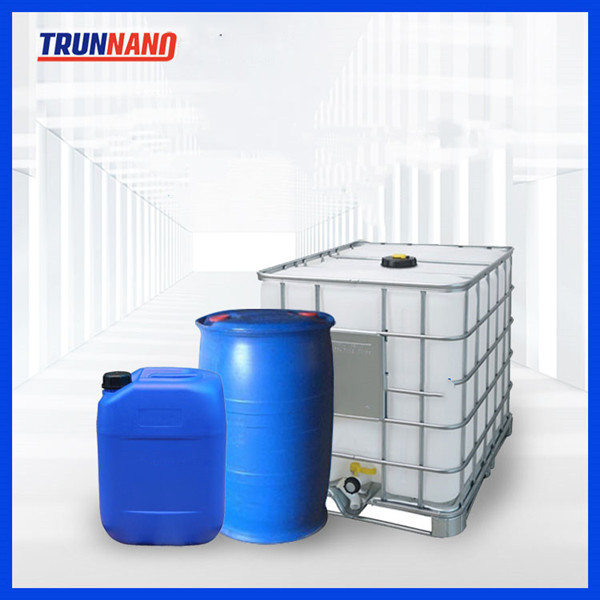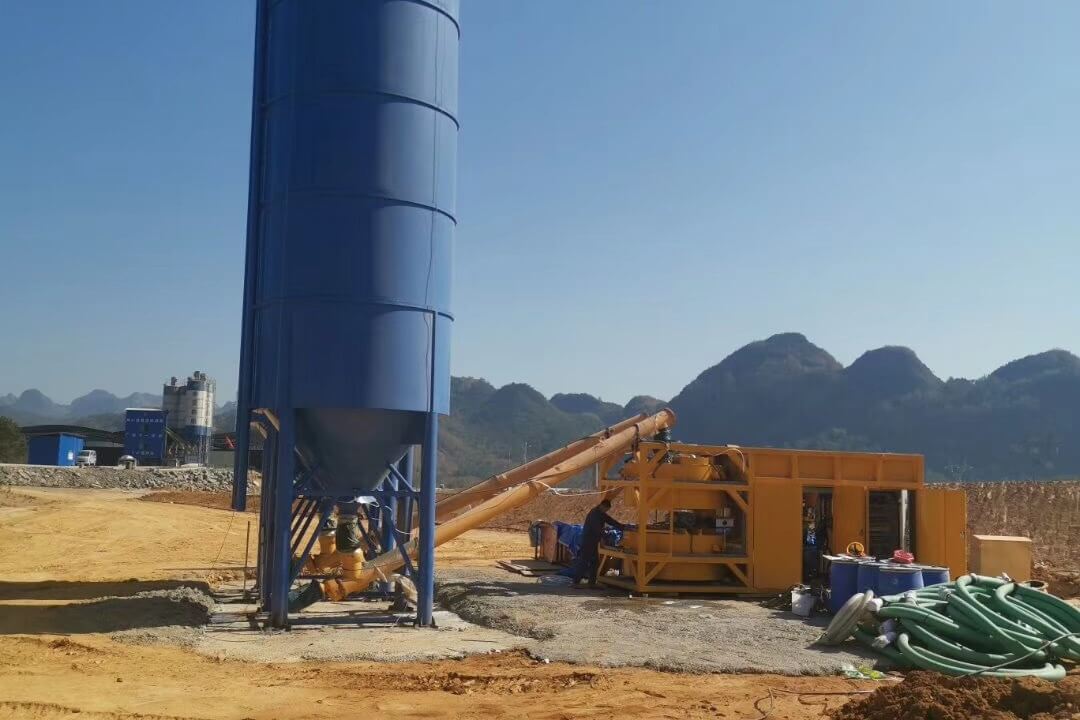Professional solutions on concrete addtives, Concrete Foaming Agent, Superplasticizer, CLC Blocks Additives, and foaming machine
(Types of Foam Concrete and Where Are CLC Blocks Used?)
Types of Foam Concrete and Where Are CLC Blocks Used?
CLC blocks are made of foam concrete. In this article we will learn more about the types of foam concrete and where they are used. We will also learn about their density and strength. Aerated concrete blocks are expensive and have certain limitations. Compared to conventional concrete blocks, CLC blocks are more affordable and have a lower capital investment. Moreover, they are more durable than conventional concrete blocks. However, the initial investment required to start a CLC plant is less than that of aerated concrete plants.
What is foam concrete?
Foam concrete is a type of lightweight concrete that contains a minimum of 20% foam. It is also known as Low Density Cellular Concrete or Lightweight Cellular Concrete. It is a cement-based slurry that must contain at least 20% foam to be considered foam concrete. This type of concrete is a great option for many construction projects, because it can save on labor and costs.
This lightweight concrete has a compressive strength of between 5-8 MPa and a density of around 1000 Kg/m3. It can be used to build a house because it offers both strength and insulation. This lightweight concrete is usually created with a slurry of cement or fly ash, while other vendors will use pure cement and water with a foaming ingredient.
Another advantage of foam concrete is that it does not need to be compacted. The material adheres to the contours of the subgrade. As a result, it can be pumped long distances with relatively little pressure. It is also very durable and does not decompose. However, foam concrete is more expensive than ordinary concrete.
Another benefit of foam concrete is that it can reduce the weight of a structure by up to 80%. Because of its air content, air bubbles are evenly distributed throughout the body of the material. The size of these air bubbles can vary from 0.1 to one mm. The density of foam concrete is between 400 and 1600 kg/m3. It has a high level of fire resistance and is a good acoustic and thermal insulator. Another benefit of foam concrete is that it requires no compaction or vibration.
Where are CLC blocks used?
Cellular Lightweight Concrete (CLC) blocks have several advantages over conventional solid concrete blocks. These lightweight bricks have a low density due to their low cement and aggregate content, and are better for sound and thermal insulation. They also have a wider shape and size than traditional clay bricks. In past studies, recycled plastic and glass wastes were used as cement additives to improve compressive strength. It is important to note that the particle size of glass must be less than 45 mm for it to be effective as a cement substitute.
Typically, CLC blocks are manufactured using a foaming agent that is mixed with water and air. This mixture is then directly poured into moulds. Once poured, the concrete mixture requires between 18 and 24 hours to harden. In some cases, steam curing is used to reduce the curing time. This type of curing also provides a better finish.
CLC blocks are made with polypropylene micro fibers. These fibers provide a reliable alternative to clay bricks and is a good choice for low-cost housing. In addition, polypropylene micro fibers improve the peak behaviour of brick and masonry. The resulting product has a density of approximately 2.8 N/m2, which is higher than that of typical brick or concrete.
CLC blocks are also environmentally friendly. Since the blocks are made from waste materials, they are free of harmful chemicals and do not emit pollutants into the environment. Additionally, they are also great insulators and help to reduce the dead load of a building. They help save money on construction materials and energy bills for house owners.
Strength and density of foam concrete
The strength and density of foam concrete can vary depending on the type of material used. Generally, foam concrete contains cement and an aerogel. Due to its composition, foam concrete is susceptible to chemical shrinkage. In order to minimize this, the mixture is restrained with two or more layers of reactive powder concrete and mechanical connectors. Additional materials can be added to the mix to increase its stiffness and strength.
High temperatures can cause cracks in foam concrete. The greater the temperature, the greater the cracks will occur. A concrete sample with a density of 1000 kg/m3 has about one sixth of the thermal conductivity of a normal concrete. Consequently, reducing the density will decrease the thermal conductivity by 0.04 W/mK.
In addition, because foamed concrete is a new material, there are no standardized test methods for it. As a result, the procedure for preparing specimens and testing them was based on procedures for ordinary concrete. For instance, the compression strength of the concrete was determined according to PN-EN 12390-3:2011 + AC:2012, while the modulus of elasticity was determined according to the Instruction of the Research Building Institute No. 194/98. The density of the foam was also determined using PN-EN 12390-5:2011.
The strength and density of foam concrete is dependent on the proportion of foam in the mortar. Its composition consists of low-mass aggregates like expanded clay, vermiculite, and pumice. The density of a concrete is important because it can affect its strength, permeability, and thermal properties. The amount of admixtures can also drastically change its properties.
Concrete additives Supplier
TRUNNANO is a reliable concrete additives supplier with over 12-year experience in nano-building energy conservation and nanotechnology development.
If you are looking for high-quality concrete additives, please feel free to contact us and send an inquiry. (sales@cabr-concrete.com)
We accept payment via Credit Card, T/T, West Union, and Paypal. TRUNNANO will ship the goods to customers overseas through FedEx, DHL, by air, or by sea.
(Types of Foam Concrete and Where Are CLC Blocks Used?)








